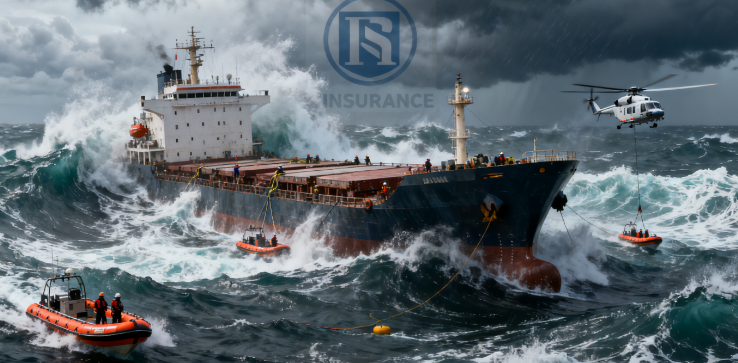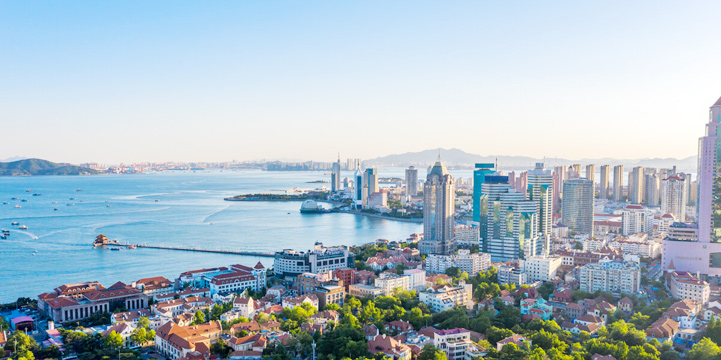
The global maritime insurance market is facing sustained cost pressures. Standard & Poor's latest forecast indicates that starting from February 2026, shipowners worldwide will experience an 8th consecutive year of rising P&I (Protection and Indemnity) insurance premiums, with an average expected increase of 5%. Some P&I clubs may implement even higher rate adjustment policies. This trend has evolved from cyclical fluctuations into a long-term challenge for the industry.
The primary reason for the premium increases is the rise in rates due to high claims payments, with new energy vehicles emerging as a new risk point, leading to increasing claims pressure. In 2025, the total net claims of global P&I clubs reached $3.1 billion, a 25% year-on-year increase, surpassing the five-year average by 16% and marking a near-decade high.
Ship fires and risks associated with the transportation of new energy vehicles are two major sources of claims. With the increasing volume of lithium battery-powered vehicles being transported on roll-on/roll-off and container ships, fire accidents caused by thermal runaway occur frequently, resulting in single losses amounting to hundreds of millions of dollars. Major fires such as those on the "Felicity Ace" and "H?egh Xiamen" not only led to massive property losses but also exposed the limitations of traditional fire suppression systems in dealing with lithium battery fires.
Additionally, geopolitical turmoil in the Red Sea crisis, Russia-Ukraine conflict, along with frequent extreme weather events, further escalate accident rates and the underwriting costs for insurance institutions.
It is important to note that the rise in insurance costs is not evenly distributed.
Large shipping conglomerates, leveraging their vast fleet sizes, good safety records, and strong broker networks, have stronger bargaining power and can often secure targeted discounts and preferential terms through centralized insurance placement and safety performance rewards, partially offsetting the impact of rising premiums.
However, small and medium-sized shipowners and independent operators are at a distinct disadvantage. They lack negotiating leverage, struggle to obtain rate discounts, and the share of insurance costs in their operating expenses continues to rise, severely squeezing profit margins. Some companies even face the dilemma of being unable to afford insurance or having insufficient coverage, forcing them to reduce operating days or avoid high-risk routes.
Standard & Poor's has issued a warning: Shipowners' "patience has reached its limit." If insurance premiums continue to rise significantly in 2026, it is expected that the industry may take coordinated action in 2027 - shipowners could unite to resist unreasonable price hikes or advocate for the establishment of new insurance cooperation mechanisms.
